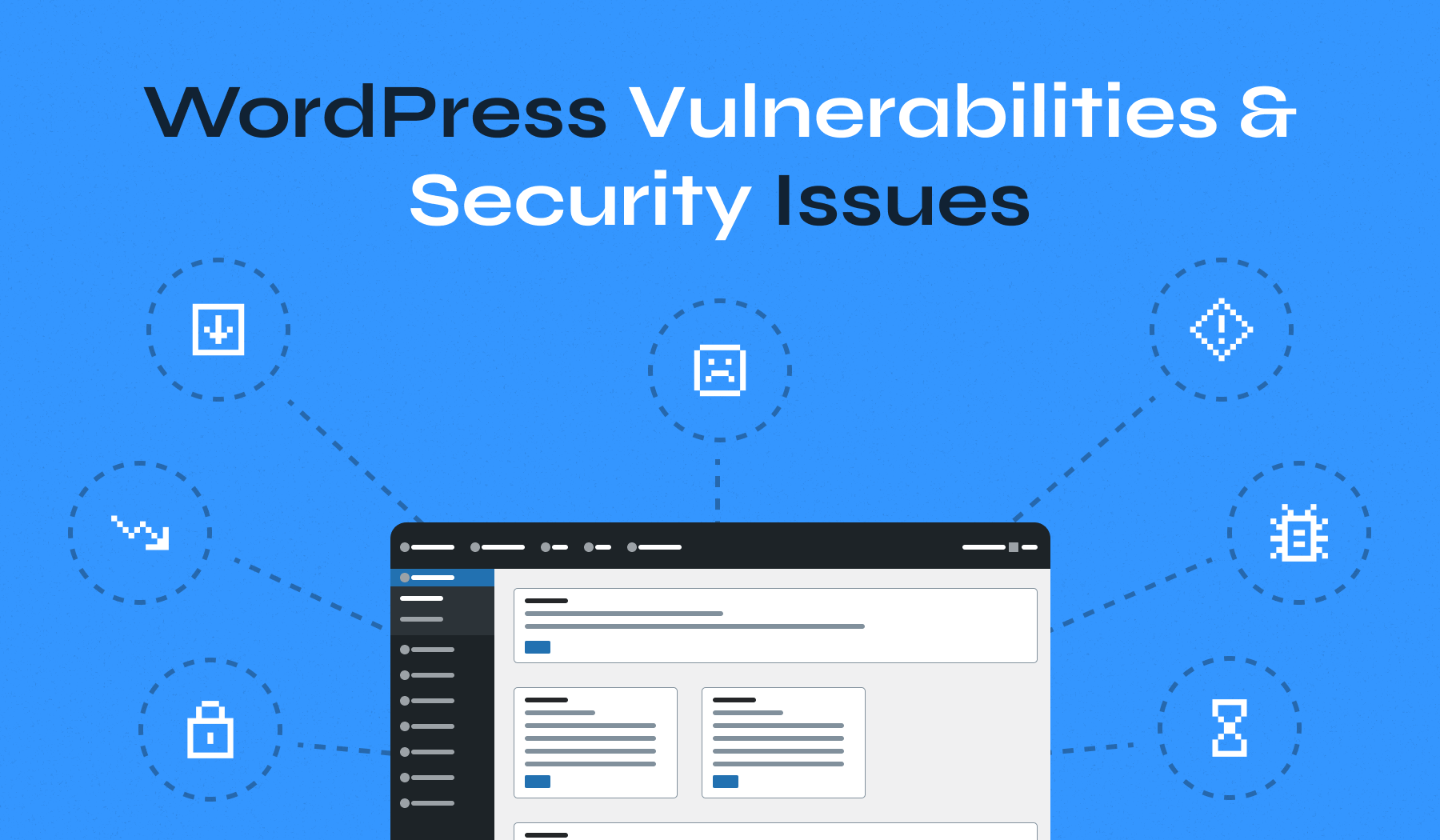Understanding the Security Landscape of WordPress: Common Threats and Vulnerabilities
WordPress, being one of the most popular content management systems, faces a variety of security threats and vulnerabilities. Here's an overview of the common issues and how to address them:
Common Threats and Vulnerabilities
-
Plugin Vulnerabilities
- Issue: Plugins are the most significant source of security vulnerabilities in WordPress. Outdated or poorly maintained plugins can expose your site to attacks.
- Stats: Plugins account for about 90% to 97% of WordPress security issues.
- Solution: Regularly update plugins and themes, and consider using a plugin management tool to monitor vulnerabilities.
-
Weak User Credentials
- Issue: Weak passwords and default usernames are common entry points for brute-force attacks.
- Stats: Many users do not use strong passwords or two-factor authentication.
- Solution: Use strong, unique passwords and enable two-factor authentication for all users.
-
Outdated Software
- Issue: Failing to update WordPress core, plugins, and themes can leave known security holes open.
- Solution: Enable auto-updates for WordPress core and plugins, and regularly check for theme updates.
-
Subpar Hosting Environments
- Issue: Hosting environments lacking proper security measures can leave sites vulnerable.
- Solution: Choose a reputable hosting service that offers server-level firewalls, malware scanning, and isolation.
-
Database Security
- Issue: Default database configurations can be insecure, leading to SQL injection attacks.
- Solution: Implement proper database security measures, such as limiting database access and using secure protocols.
Best Practices for Securing WordPress
- Regular Updates: Keep WordPress core, plugins, and themes updated.
- Strong Passwords: Use complex passwords and enable two-factor authentication.
- Secure Hosting: Choose a hosting service with robust security features.
- Plugin Management: Monitor and update plugins regularly.
- Database Security: Implement secure database practices to prevent SQL injection.
Emerging Trends
- Accelerating Vulnerabilities: The volume of vulnerabilities is increasing, making timely updates crucial.
- Theme Security: While plugins remain the biggest risk, themes are also becoming more scrutinized.
- Block-Based Design: Moving towards block-based site design can reduce plugin dependency and enhance security.
By understanding these threats and implementing best practices, you can significantly enhance the security of your WordPress site.





